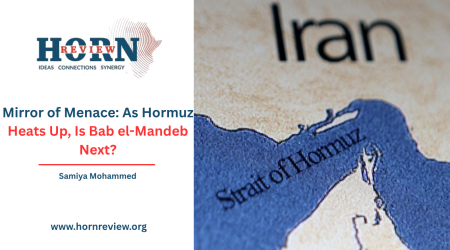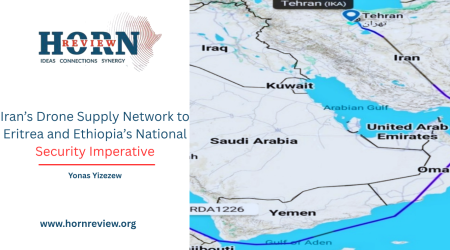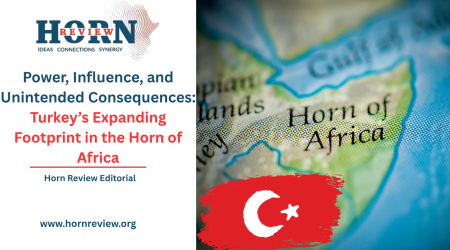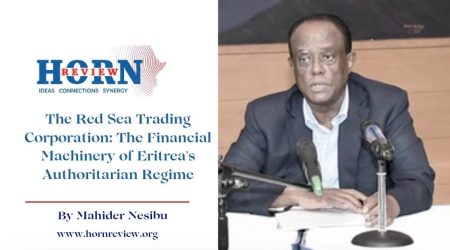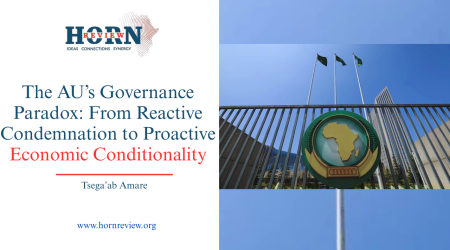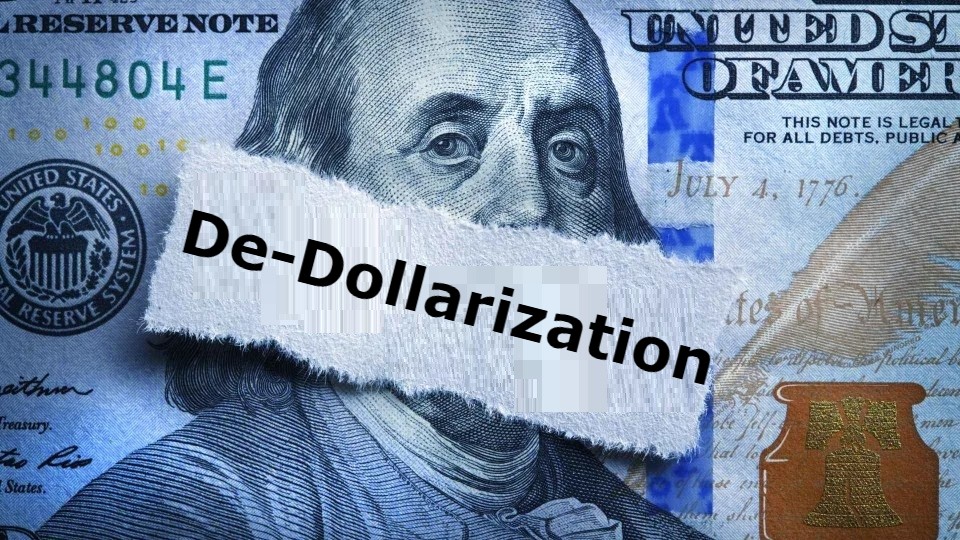
26
May
Reshaping the Global Monetary Order: De-Dollarization, Euro Aspirations, and the BRICS Challenge
Throughout decades of changing economic growth and global market turmoil, the dominance of the U.S. dollar has remained largely unshaken. The dollar is a currency that central banks and major financial institutions prefer to hold in their foreign exchange reserves because it is considered stable and reliable.
Most international trade particularly in commodities, is denominated in dollars, even when neither party involved is from the U.S. This shields the U.S. from exchange rate fluctuations and gives it a powerful, often unilateral, tool to impose financial sanctions. The world’s reliance on dollar-denominated finance amplifies U.S. geopolitical influence, allowing it to extend its reach through financial levers. Recently however, the world is witnessing emerging financial mechanisms that might jeopardize the dominance of the dollar.
In fact, the greatest threat to the dollar may come not only from external rivals, but from the U.S. itself. Under the new administration, following isolationist economic policies such as tariffs, the overuse of sanctions, politicization of the Federal Reserve, and ballooning federal debt have raised concerns among international investors.
The current policy Trump is following especially regarding the independence of the Federal Reserve prompted many investors to question their exposure to U.S. assets. He also warned BRICS nations against efforts to introduce a new currency, threatening consequences if they pursued alternatives to the dollar. Nevertheless, it is indicated that the devaluation of the dollar might aimed at boosting local manufacturing and making its exports competitive. For instance, countries like China have strategically devalued their currency to make exports more competitive, fueling local manufacturing and industrial growth.
BRICS and the Push for De-dollarization
So, could BRICS replace the dollar?
The BRICS bloc has been actively pursuing initiatives aimed at reducing its dependence on the U.S. dollar. Central to these efforts is the idea of introducing a common currency. The motivations include enhancing economic sovereignty, bypassing U.S.-led sanctions, increasing intra-bloc trade in local currencies, and boosting the influence of the Global South in international economic governance.
The group is exploring a two-pronged strategy: implementing short-term transactional mechanisms and developing long-term reserve ambitions. One major idea gaining traction is the creation of a commodity-backed reserve asset. This would leverage the group’s natural resource wealth with Saudi and Iranian oil, Russian gas, and South African minerals, to create an inflation-resistant currency.
However, internal disagreements over governance and implementation persist. The political and economic diversity among the BRICS nations, vast disparities in economic size, and the absence of robust, unifying institutions capable of fiscal coordination pose major hurdles.
India, for example, has shown reluctance to embrace proposals like Russia’s “BRICS Bridge,” particularly due to fears of American retaliation. Both India and Brazil have distanced themselves from more aggressive proposals following pressure and warnings from the Trump administration.
Can the Euro Replace the Dollar?
Another potential contender to the dollar’s dominance is the euro.
The euro has established itself as the second most popular reserve currency. Yet, its global expansion has mostly been driven by market dynamics rather than deliberate and sustained strategic policy by the EU and the European Central Bank (ECB). This more passive approach has arguably hindered the euro from becoming a true rival to the dollar.
In recent years, the ECB has attempted to leverage U.S. policy volatility to position the euro as a stabilizing alternative. Its push for internationalization has been backed by two structural strengths: the euro’s widespread usage and central bank favorability.
As member states like Germany especially under the new chancellor F. Merz, increase fiscal spending, the availability of euro-denominated safe assets may grow. However, to rival the dollar fully, Europe must achieve much deeper economic, financial, and regulatory integration which is something still far off given current political divisions.
Europe’s fragmented bond markets have long limited the euro’s reserve appeal. But a proposed Eurobond, backed collectively by member states’ debt, could rival the liquidity of U.S. Treasuries. Early adoption of euro assets by Asian and Gulf central banks reflects growing interest, not only for diversification but also for aligning with a rules-based monetary bloc.
The EU is also working on reforming its deposit insurance schemes, which could deepen the euro’s institutional capacity by 2030. Nevertheless, the supply of euro-denominated safe assets still significantly lags behind the dollar. The ECB’s role is crucial: expanding tradable euro debt and extending swap lines with foreign central banks will be key to supporting its global rise.
The future of global currency leadership will be shaped by a complex interplay of forces: the ambitions of economic blocs like the EU, the evolving policies of the U.S., and collective efforts by coalitions such as BRICS. Geopolitical stability, the health of the global economy, and the pace of technological innovation will also be decisive factors in this transition. Importantly, changes in global trade and investment patterns—particularly the rise of South-South trade, are pushing countries to settle transactions in their own or alternative currencies.
In sum, while the U.S. dollar remains dominant today, its unrivaled status is not guaranteed. Alternative currencies like the euro and prospective BRICS initiatives are gaining momentum. Whether they will succeed in transforming the global financial order depends not just on economic logic, but also on political will, strategic alignment, and institutional reforms.
By Yonas Yizezew,Researcher,Horn Review




